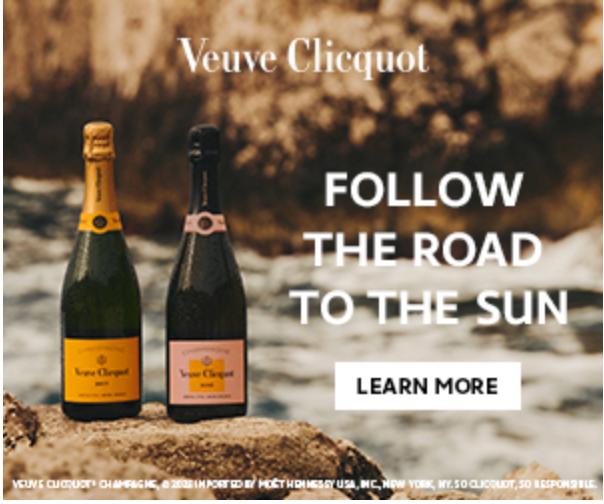This Thanksgiving, the perfect stuffing bread DOES exist – and it’s brioche. As in St Pierre Brioche Thanksgiving Stuffing
No Thanksgiving spread is complete without a hearty stuffing. While add-ins are a matter of preference, choosing the right bread is crucial. One underrated choice is eggy, rich brioche – and with St Pierre Bakery, you don’t need to go to France to get it.

Thanks to its butter and egg content, St Pierre’s Brioche Loaf provides the perfect balance of crisp toastiness while remaining soft and creamy inside, while its lightly sweet flavor adds a decadent quality that can still lean savory. Attached below is an approachable recipe for stuffing allowing for all the craveable crunch for the whole family with minimal effort required.

St Pierre Brioche Thanksgiving Stuffing
By @BrandiMilloy
Ingredients
1 loaf St. Pierre Brioche Bread
1/2 cup unsalted butter
1 medium onion, diced
3/4 cup celery, diced
3/4 cup carrots, diced
1 cup mushrooms, diced
2 large eggs
1 tbsp. fresh rosemary, chopped
3 sprigs fresh thyme, just the leaves
1 tbsp. fresh sage, chopped
1 small apple (granny smith works well), peeled and diced
Salt and pepper
Directions
-
Preheat oven to 350 F. Cut brioche bread into 1” cubes and bake for about 10-15 minutes until toasted.
-
Meanwhile, into a pot over medium high heat add butter until melted. Add onion, celery and carrots and cook until everything starts to soften, about 7 minutes. Add mushrooms and cook for 2 minutes longer. Remove from heat and set aside.
-
Into a bowl whisk together the eggs, herbs, apples, mushrooms, and salt and pepper. Add your cooked vegetables and mix to combine.
-
Pour mixture on top of toasted bread and stir to combine. Bake stuffing for about 45 minutes. If your stuffing starts to get too brown, cover until finished baking. Enjoy!
As America’s favorite brioche brand, St Pierre’s products are widely available via grocery stores nationwide as well as Walmart.




